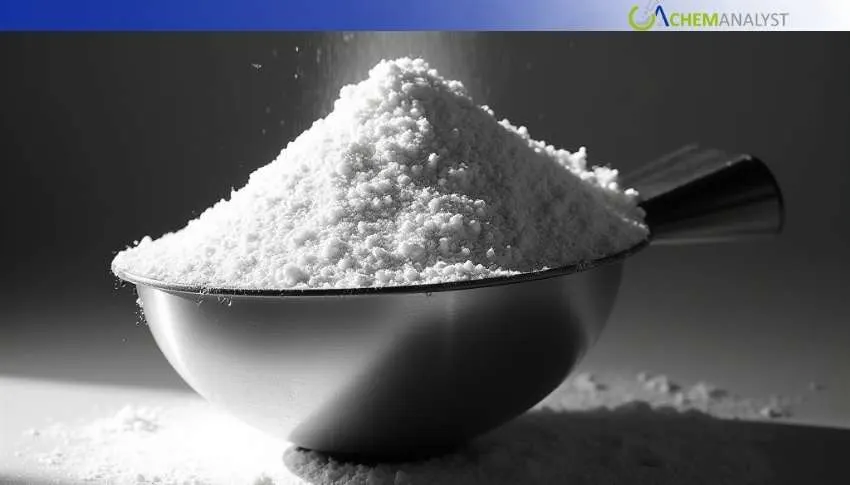Welcome To ChemAnalyst

After a month of weakness, U.S. Taurine prices are poised for modest recovery in August, supported by tighter supply, gradual demand revival, and extended trade agreements with China providing short-term tariff relief. Seasonal procurement for energy drinks and nutraceuticals, coupled with ongoing shipping constraints and rising freight costs, has prompted buyers to re-enter the market. Analysts expect steady gains as downstream demand picks up and import flows remain limited.
After a month of notable weakness, Taurine prices in the United States are expected to see price corrections by the end of August as increased supply conditions, slow recovery of demand, and recent trade policy actions re-prioritize import strategies. The rebound follows the abrupt fall in July on guarded buying, elevated inventories, and uncertainty surrounding tariff timelines that pushed Taurine prices lower.
Taurine’s downstream buying demand in July by food & beverage formulators, nutraceutical producers, and energy drink companies was subdued. Market players postponed purchases, choosing instead to run on existing Taurine inventories until such time as cost implications of prospective trade measures are resolved. At the same time, sluggish bookings with Asian suppliers and open-ended shipping timelines did lead to the import delay, hence triggering a decline in transaction volumes as well as market sentiment.
However, August signals a shifting landscape. Analysts point to a convergence of three major drivers likely to lift Taurine prices, a gradual replenishment cycle, tightened logistics, and an evolving trade policy environment that is beginning to restore confidence.
A key policy shift has already begun reshaping buyer sentiment. On August 11, President Donald Trump signed an executive order extending the temporary trade agreement with China by another 90 days, keeping preferential duty rates intact until November 10, 2025. This move has pushed tariff uncertainty further into the year, offering importers short-term relief from the threat of higher costs. As a result, U.S. buyers of Taurine have cautiously re-engaged with Chinese suppliers, reassured that near-term shipments will remain shielded from abrupt duty hikes and sudden cost escalations.
U.S. distributors, who had relied heavily on surplus Taurine inventories in July, are beginning to replenish stocks. Seasonal procurement cycles for energy drinks and nutritional supplements, traditionally stronger toward late summer, are now compelling buyers to step back into the market. Procurement managers have started securing cargoes, mindful of the possibility that delayed shipments or rising freight costs could tighten availability.
Global supply chain bottlenecks persist, with vessel cancellations and irregular sailing schedules continuing to strain Asian-to-U.S. trade lanes. Freight rates for containerized cargoes have edged higher through the first half of August, translating into elevated landed costs for Taurine imports. Suppliers are factoring these costs into fresh offers, pushing U.S. spot values away from the lows seen in July.
While not a robust surge, incremental recovery in downstream demand has begun. Several beverage manufacturers have initiated procurement rounds aligned with fall production schedules, while nutraceutical firms, having delayed purchases earlier, are securing products like Taurine for upcoming quarters. These signals, combined with leaner import flows of Taurine, lend support to a more balanced market environment in the weeks ahead.
As per the ChemAnalyst analysis, Taurine prices could trend upward through August, with modest but steady gains expected. Market participants are already looking ahead to China’s Golden Week holidays in early October, a period traditionally associated with slowed production and disrupted shipping schedules. The potential constricting of export availability in that time may encourage U.S. buyers to order cargoes ahead of schedule, which will further cement the already perceived turn away from a buyer-friendly stance in July towards a cautiously firmer pricing regime.
We use cookies to deliver the best possible experience on our website. To learn more, visit our Privacy Policy. By continuing to use this site or by closing this box, you consent to our use of cookies. More info.
